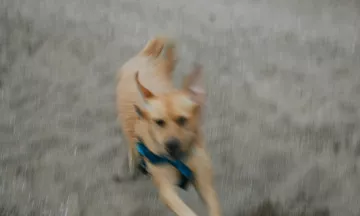What will happen if my pet gets stung by a bee?
If your pet gets stung by a bee, there will usually be swelling and pain on the site of the sting. Fortunately, this is usually localised and won't spread further once the sting has been removed. However, some pets can have a very serious allergic reaction to bee stings and need immediate veterinary care in the event of a sting.
We love seeing the bees buzzing around our gardens, but it isn’t fun at all when your dog or cat gets a bee sting! Here's how to prevent that from happening in the first place.

How to prevent bee stings
Pets are inquisitive and use their noses to explore the world, so the occasional sting can happen. Prevention is always best, so beware of walking dogs through fields of flowers where bees are visible, or near flower beds.
Be especially careful if your dog has a tendency to snap at bugs. Also, keep an eye on cats in your care when out in the garden, as they love pouncing on bees.
Before pet sitting, pet sitters should ask the pet owner if the pet has an allergy to bees or wasps (or anything else that could be a risk). If the owner has prior knowledge of an allergy, they can give you more information about what to do in an emergency.

What to do if your pet gets a bee sting
- Remove the sting. Be very careful and try to scrape it away with a credit card rather than tweeze it out. Squeezing the sting release more venom.
- Bathe the area with a cool cloth or an icepack to reduce the swelling.
- Keep the pet calm and quiet. Bring them indoors or somewhere contained if possible. This will bring their heart rate down and stop the venom from spreading.
- You might notice some swelling, which is a normal reaction to the sting. Call the emergency vet if you spot difficulty breathing, major swelling, excessive saliva, diarrhea, fatigue or lumps elsewhere on the body. This could indicate an allergic reaction.
- If the sting is near the throat or mouth, best to call the vet immediately. Swelling in the area can make it difficult to breathe.
- Keep an eye on your pet over the next few days. Call the vet if the swelling doesn’t settle down.





